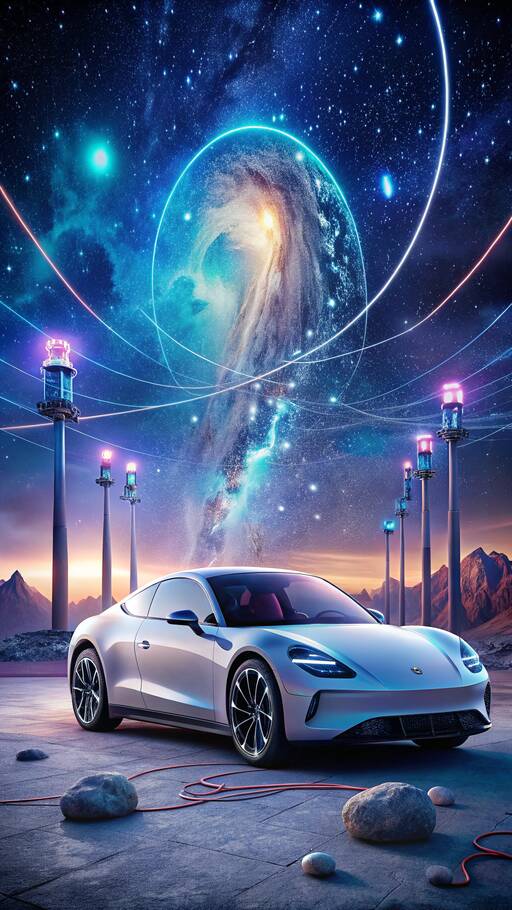
- Real-Time Updates: This system would show battery charge levels, estimated charging times, and error messages in real time.
- Gesture Recognition: Using LiDar or similar sensors, the display could react to hand gestures, enhancing user interaction.
- AI Integration: The system is expected to learn and adapt over time, improving its responsiveness and information delivery.
While the concept promises a cutting-edge look, it's unclear how practical it would be since the charging flap is usually covered during charging. Porsche is also looking into other display technologies, such as turning a panoramic glass roof into a large infotainment screen.
A related patent explores how AI can maintain color accuracy in displays during the day, offering information or even celestial animations at night, thus transforming the car into a personal stargazing setup.
Porsche’s exploration of holographic displays is part of a broader trend of innovation in the automotive world. While other manufacturers such as BMW and Ford have tested similar ideas, Porsche aims to create a user-friendly, high-tech interface that makes EVs even more engaging.
In summary, Porsche's patent for a holographic battery status display highlights its commitment to integrating cutting-edge technology to enhance driver interaction with electric vehicles. As the automotive industry evolves, innovations like these may redefine the driving experience.